Buy or gift a stand-alone digital subscription and get unlimited access to dozens of back issues for just £18.99 / $18.99 a year.
Please register at www.exacteditions.com/digital/cornucopia with your subscriber account number or contact subscriptions@cornucopia.net
Buy a digital subscription Go to the Digital EditionHeath W Lowry tells the story of the birth of Ottoman Beşiktaş and the men who made it happen
While I have never actually lived in Beşiktaş, I have worked there, both at the beginning of my career in the 1970s and now, following my retirement. Today, finding myself back in the neighbourhood, writing in an office overlooking the Bosphorus, in a strange sort of way I feel I’ve returned home.
Whether it is my weekly visit to the octogenarian Bulgar Pando’s hole-in-the wall restaurant for a breakfast of fresh eggs accompanied by heavy cream and honey, and bread fresh from the oven, served with steaming-hot sweetened milk (ed. sadly Pando’s was kicked out by greedy developers since this article was published), or my thrice weekly visit to my barber of 40 years for a shave and shampoo, I am clearly walking on familiar ground. As it is for most residents, the centre of the neighbourhood is the bustling çarşı (marketplace), with its fish market and countless shops and restaurants seemingly designed solely for the purpose of meeting any and all of my needs.
Beşiktaş, home nowadays to over 200,000 inhabitants, is best known for its partisans’ fierce loyalty to their football team. Aside from its Bosphorus shoreline, little has changed here in the past 40 years. As for its waterfront, its once crumbling warehouses and burnt-out shells of palaces have given way to luxury hotels – the Çırağan, the Four Seasons and the Shangri-La – the sprawling campus of Bahçeşehir University, the new Naval Museum and the Istanbul offices of the prime minister. In a strange way it is almost as if none of these new arrivals, while physically located in Beşiktaş, is really part of the neighbourhood. They face the Bosphorus and, in so doing, it is almost as if they have turned their backs on the city itself.
Prior to the mid-16th century the tiny village of Beşiktaş was little more than home to a scattering of Greek and Armenian Christian peasants whose job it was to tend the gardens that graced its slopes above the Bosphorus. These gardens were famous for the fruits and vegetables with which they supplied the inhabitants of Istanbul.
The events that transformed this sleepy village into an integral part of the burgeoning metropolis are closely associated with four individuals, two of whom settled here (the naval commander Barbaros Hayreddin Pasha and the Muslim mystic Yahya Efendi), while the third, another naval commander, Sinan Pasha, established a large pious endowment in the quarter, and the fourth, the imperial architect Mimar Sinan, designed the türbes (mausoleums) of Barbaros and Yahya Efendi and the Sinan Pasha Mosque.
One thing Beşiktaş is not generally associated with is being home to three great Ottoman architectural monuments. That said, these still grace the quarter, providing the essence of its Ottoman character. Indeed, it is possible to trace the emergence of the town through the lives of their endowers, each of whom must be credited as one of Beşiktaş’s founding fathers.
BARBAROS HAYRETTİN PASHA
Barbaros Hayreddin Pasha The first to arrive was the great 16thcentury Mediterranean corsair turned Ottoman high admiral (kapudan-ı derya) Barbaros Hayreddin Pasha, conqueror of Algiers and Tunis.
In his biography, the Gazavât-ı Hayreddin Paşa (a work commissioned by Sultan Süleyman the Magnificent), he is described as the third of four sons born to a Turkish cavalryman (sipahi) named Ya’kub, who had been a member of the Ottoman garrison settled on the island of Mytilene (Lesbos) following its conquest in 1462, and a Christian mother, a certain Catalina, or Katerina, referred to in Western sources as the widow of a Greek priest. Named Hızır at birth, he would later become known by the nickname “Barbarossa” (Red Beard), by Westerners, and by the honorific Hayreddin by the Ottomans. His mixed lineage was the result of a common practice in the Ottoman Empire, namely the union of Ottoman troops and local Christian girls in the regions they conquered.
Barbaros settled in the village of Beşiktaş and over time built two large mansions on the site which today houses the Naval Museum. He commissioned the imperial architect Sinan to build his mausoleum next to them, in what at that time was called the Deve Meydanı (Camel Square).
While his konaks (mansions) are long since gone, as is the medrese (seminary) he endowed nearby, his mausoleum at the foot of today’s Barbaros Boulevard still stands as a memorial to the individual who was the real founder of the town. Indeed, it has recently been restored, and were it not for the fact that it is seldom open, it would undoubtedly be one of the area’s mostvisited tourist sites. The locked fence that surrounds it has a sign informing the would-be visitor that it is open from 12 noon to 2pm on Fridays, but since its refurbishment it has remained closed even then.
That this is not a recent development may be inferred from the memoirs of the 19thcentury British naval captain Adolphus Slade, who during his time in Istanbul in the 1830s visited Beşiktaş on numerous occasions in search of the tomb of the man he called the Ottoman Nelson. Describing his last, successful, attempt, he wrote: “At length, an elderly man of the law satisfied my desire; he had observed me before, and in my last visit, with another gentleman, broke through habitual indifference, and came to know our object. We told him, on which he sent a boy for the key, which, from the time it required to be found, and the difficulty in turning the rusty wards of the lock, appeared to be seldom used, and introduced us to the last dwelling of Andrew [Andrea] Doria’s antagonist.”
Slade, who himself later became an admiral in the Ottoman navy, described the interior of the mausoleum thus: “It was simple, in accordance with Oriental taste in such matters; the floor was covered with an Indian mat, on which rested two coffins, one of which was nine feet long, and proportionately wide. At the head of it was Barbarossa’s caouk [kavuk, or quilted turban] and above it hung his particular banner [sancak]. The other contained his chiaja [kahya, or major-domo].”
Since Slade’s visit the number of inhabitants residing in the mausoleum has grown. They now include (according to their labels) Cafer Pasha, an early-17thcentury kapudan-ı derya (high admiral); Hızır Hayreddin Pasha himself; Hasan Pasha, son of Hayreddin, and one-time beylerbeyi of Algiers; and Bala Hatun, wife of Hayreddin. How and when the remains of Cafer Pasha, Hasan Pasha and Bala Hatun (an otherwise unknown wife of Hayreddin) found their way there is an unresolved question. As for the present whereabouts of the majordomo who lay next to Barbaros at the time of Slade’s visit, that too remains a mystery.
SİNAN PASHA
When the well-known figure of Hayreddin Barbaros started building in the village of Beşiktaş, he set a fashion followed by many of his successors as commanders of the Ottoman fleet, including Sinan Pasha, who commanded the Ottoman navy from 1550 until his death in 1553. Although he never, to our knowledge, actually lived there, unlike Barbaros, his name is linked with the final phase of Beşiktaş’s transformation from village to city…
YAHYA EFENDI
If the two admirals Hayreddin Barbaros and Sinan Pasha were responsible for building Ottoman Beşiktaş, it was the third founding father, Yahya Efendi, who created its spiritual centre.
Yahya was born in the Black Sea city of Trabzon during the closing decade of the 15th century, the son of Amasyalı Ömer Efendi, the city’s müftü (legal expert) when Şehzâde (Prince) Selim was provincial governor. These two individuals, one embodying the secular, the other the religious authority of the state, represented Ottoman power in Trabzon.
Whatever relationship existed between them must have been strengthened when Ömer Efendi’s wife gave birth to a son weeks or months before Selim’s wife gave birth to Prince Süleyman. For it was to the wife of Ömer Efendi, mother of the new born Yahya, that Süleyman’s mother turned when she needed a wet nurse for the infant prince. With this action Süleyman and Yahya became süt karındaşları (milk brothers).
Thus began a lifelong bond; one would emerge as the Ottoman ruler, Süleyman the Magnificent, while the other became a well-known mystic, whose tomb in the hills above Beşiktaş remains a venerated site of pilgrimage today. Both Süleyman and Yahya followed in the paths of their fathers. As boys, they studied at the feet of the same teachers, and both were apprenticed to a Greek goldsmith named Konstantin.
became accomplished poets, with Süleyman writing under the pen name Muhibbî (the Lover) and Yahya that of Müderrisî (the Teacher or Professor).
Both would likewise settle in the Ottoman capital, Istanbul, where they remained friends until Süleyman’s death in 1566. Our sources report that Süleyman always addressed Yahya as ağabey (elder brother), while Yahya Efendi is said to have visited the palace only when faced with a situation he didn’t approve of, and that on such occasions he would admonish his “younger brother” in harsh tones. If his advice was not heeded, he would retreat to his convent and refuse to set foot in the palace for months or even years at a time. When the sultan wanted to see him he came by barge to the shore below Yahya’s dervish lodge and sent word up the hill. Sometimes Yahya Efendi went down to meet him; on other occasions he sent word that he was busy.
For many years Yahya followed the typical career of a teacher in theological seminaries in the capital. While the exact date he settled above Beşiktaş is unknown, it is generally linked to his displeasure with Süleyman over the execution of his eldest son, Prince Mustafa, in 1553.
In the hagiographical accounts of his life, the story of his founding of the Beşiktaş dervish lodge is linked to a Greek named Apostol: “One day Yahya’s neighbour, Apostol, had been caught in a storm at sea; although he was a Christian, he prayed to Yahya Efendi that his life be spared. His prayers were answered. On his return to Istanbul he brought a jug of old wine to Yahya. As he walked up the hill to present his gift, the wine was transformed into pomegranate juice. Apostol was so amaized that he gave the site of the dervish convent to Yahya’s most devoted followers. He now lies at the foot of the Sheikh.” While I cannot vouch for the accuracy of this account, one thing is certain: there is a dervish named Ali buried at the foot of Yahya’s sarcophagus.
Yahya had entered the world before Süleyman and outlived him by four years. After his death in 1570 Yahya was buried next to his Beşiktaş convent in a magnificent mausoleum designed by the imperial architect, Mimar Sinan. An unusual tribute, and one that the traveller Evliyâ Çelebi informs us was commissioned and paid for by Süleyman’s son and successor, Selim II, in honour of his late father’s lifelong friend.
It is fitting that these two individuals, nurtured in infancy by the milk of a single mother and subjected in childhood to the same abuse at the hands of the goldsmith Konstantin, were reunited in death by burial in similar tombs by the same architect. In adulthood their lives had followed different paths: Süleyman emerged as a major figure on the 16th-century stage of world history, and Yahya Efendi became a much-venerated mystic. Today, ironically, while visiting pilgrims throng the tomb and convent complex of the reclusive Yahya Efendi, the tomb of the world-conquering ruler stands locked and relatively neglected in the garden behind the mosque that bears his name.
Heath W Lowry, Distinguished Visiting Professor of History at Bahçeşehir University, is the author of many books on Ottoman history. His memoir, An Ongoing Affair: Turkey and I, is available from cornucopia.net
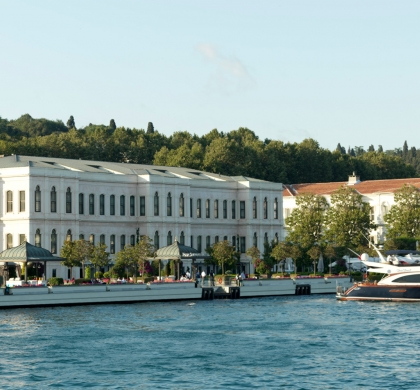
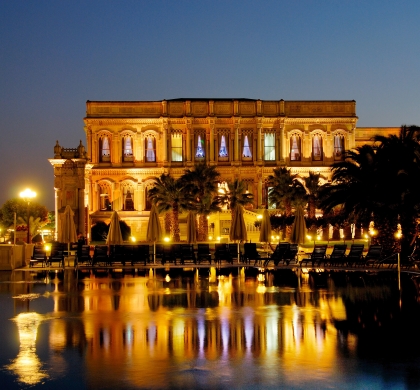
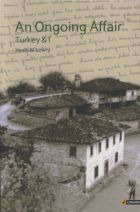
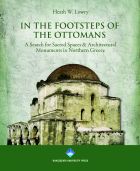
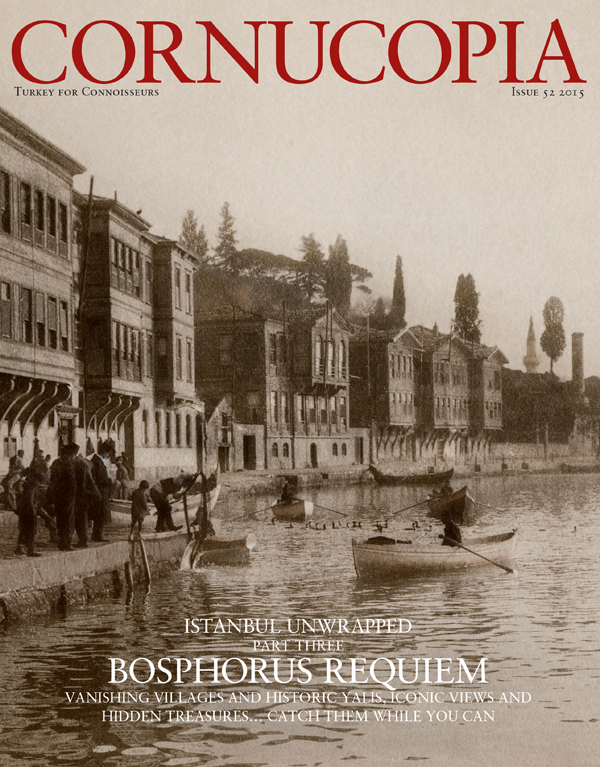
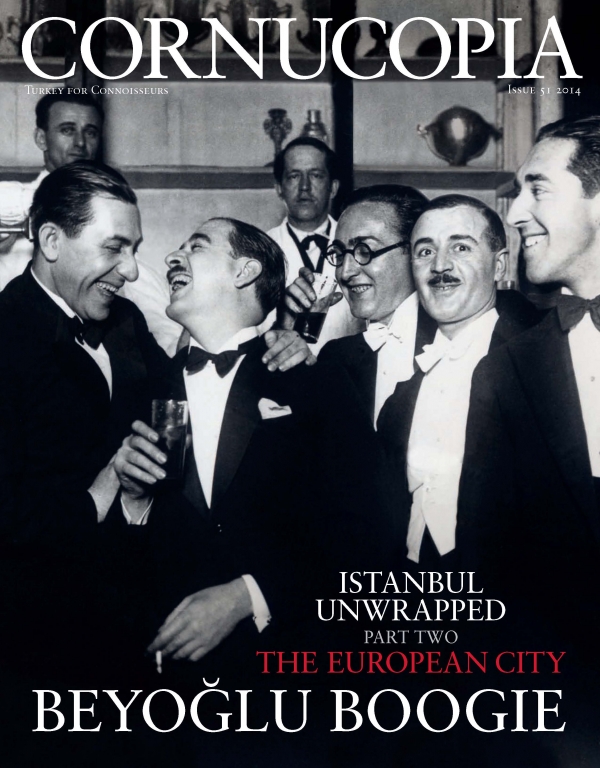

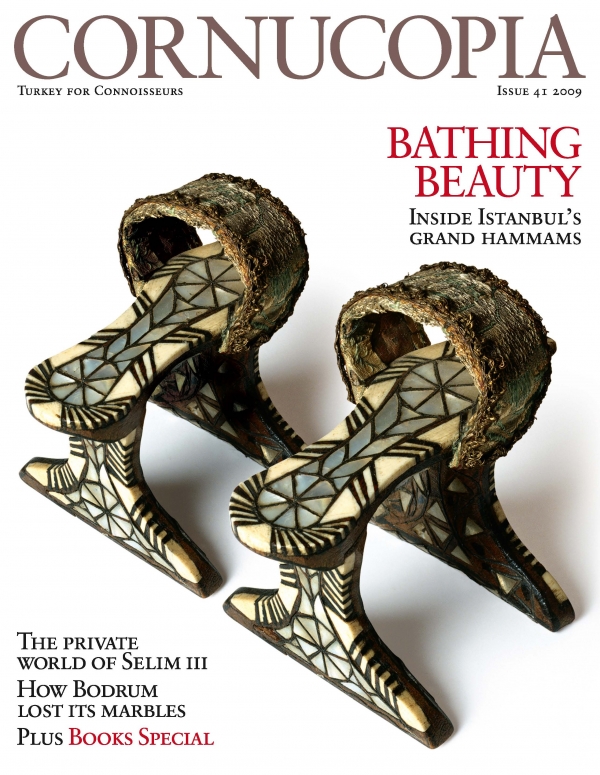

Cornucopia works in partnership with the digital publishing platform Exact Editions to offer individual and institutional subscribers unlimited access to a searchable archive of fascinating back issues and every newly published issue. The digital edition of Cornucopia is available cross-platform on web, iOS and Android and offers a comprehensive search function, allowing the title’s cultural content to be delved into at the touch of a button.
Digital Subscription: £18.99 / $18.99 (1 year)
Subscribe now